Home>Articles>Which Kitchenaid Mixer Is Better Tilt Head Or Bowl Lift
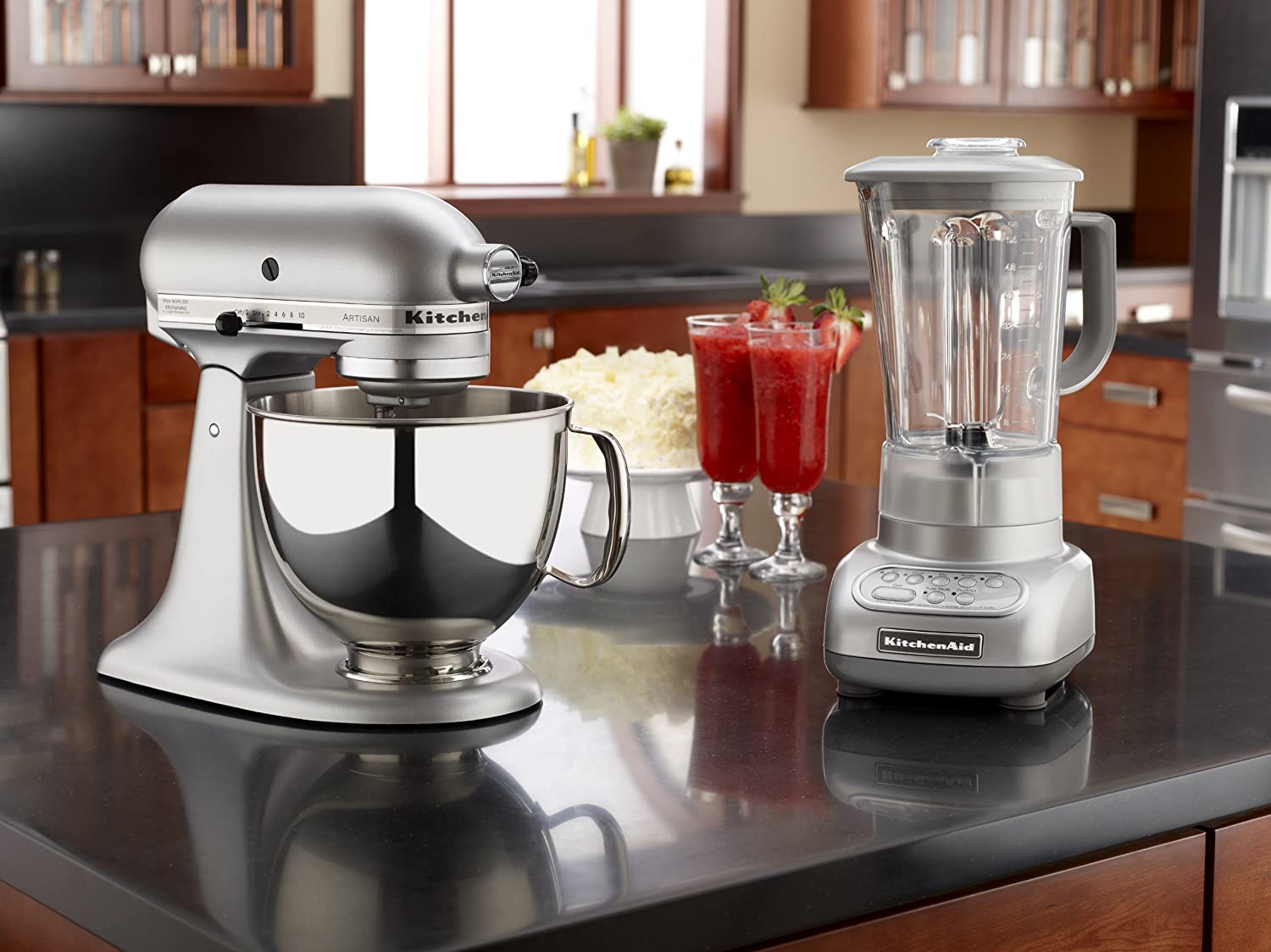

Articles
Which Kitchenaid Mixer Is Better Tilt Head Or Bowl Lift
Modified: May 6, 2024
Find out which Kitchenaid mixer is better for your needs - tilt head or bowl lift. Read our comprehensive articles for a detailed comparison and make an informed decision.
(Many of the links in this article redirect to a specific reviewed product. Your purchase of these products through affiliate links helps to generate commission for Storables.com, at no extra cost. Learn more)
Introduction
In the world of kitchen appliances, KitchenAid is a name that stands for quality, durability, and versatility. One of their most popular products is the KitchenAid mixer, a versatile and essential tool for any avid home cook or professional chef. When it comes to choosing a KitchenAid mixer, you have two options: the tilt-head model and the bowl lift model. Both options have their own unique features and benefits, and understanding the differences between them can help you make the right choice for your culinary needs.
The tilt-head model is perhaps the more familiar of the two designs. As the name suggests, this mixer has a head that tilts back and forth, allowing for easy access to the mixing bowl and attachments. It’s a compact and convenient design, making it ideal for kitchens with limited counter space. The tilt-head mixer also comes in a range of sizes and colors, allowing you to find a model that fits your personal style.
The bowl lift model, on the other hand, features a different mechanism for lifting and lowering the mixing bowl. Instead of tilting, the bowl lift mixer has a lever or handle that raises and lowers the bowl into the mixing position. This design provides added stability and is better suited for handling larger quantities of dough or batter. Bowl lift mixers are often chosen by professional bakers and those who frequently work with heavy and dense mixtures.
Now that we have a basic understanding of the two types of KitchenAid mixers, let’s take a closer look at their key differences and the factors to consider when choosing between them.
Key Takeaways:
- Tilt-Head vs. Bowl Lift: Choose the tilt-head KitchenAid mixer for compact convenience and versatility in everyday home cooking, or opt for the bowl lift model for heavy-duty power and large batch baking needs.
- KitchenAid Mixer Selection: Consider kitchen space, mixing capacity, stability, and recipe types to choose between the tilt-head and bowl lift models, ensuring the perfect fit for your culinary adventures.
Read more: How To Use Kitchenaid Stand Mixer Bowl Lift
Tilt-Head KitchenAid Mixer
The tilt-head KitchenAid mixer is a classic and versatile option that has been a staple in kitchens for decades. It is known for its user-friendly design and ease of use. The key feature of the tilt-head design is its ability to tilt the mixer head backward to allow for easy access to the mixing bowl and attachments.
One of the main advantages of the tilt-head design is its compact size, which makes it ideal for kitchens with limited counter space. It can easily fit under most kitchen cabinets, allowing for convenient storage. Additionally, the tilt-head mixer is often lighter in weight compared to the bowl lift model, making it easier to move around and transport if needed.
The tilt-head mixer also offers a variety of attachments and accessories that can enhance its versatility. From dough hooks for kneading bread to wire whips for whipping cream, there are numerous attachments available to help you achieve professional-level results in the kitchen. Plus, the attachment hub on the front of the mixer allows for easy attachment and removal of accessories.
Another advantage of the tilt-head design is its versatility in mixing smaller quantities. With the bowl securely locked into place, you can confidently mix small batches of ingredients without worrying about them not being evenly mixed. The tilt-head also allows for easy scraping of the sides of the bowl during mixing, ensuring that all ingredients are thoroughly incorporated.
However, it’s important to note that the tilt-head mixer may have some limitations when it comes to handling heavy dough or large quantities. Due to its design, it may have a lower capacity compared to the bowl lift model, which means you might need to work in smaller batches for certain recipes. Additionally, the head of the mixer can occasionally get in the way if you’re working with larger or taller mixing bowls.
Overall, the tilt-head KitchenAid mixer is a reliable and versatile option that is suitable for most home cooking and baking needs. Its compact size, ease of use, and range of available attachments make it a popular choice among home cooks and baking enthusiasts.
Bowl Lift KitchenAid Mixer
The bowl lift KitchenAid mixer is a powerful and sturdy option that is favored by professional chefs and avid bakers. It is designed to handle heavy-duty mixing and can effortlessly tackle large quantities of dough and batter. The key feature of the bowl lift design is its mechanism for raising and lowering the mixing bowl, providing stability during the mixing process.
One of the main advantages of the bowl lift design is its ability to handle larger quantities of ingredients. The sturdy lifting mechanism ensures that the mixing bowl remains stable even when working with heavy dough or thick batters. This makes the bowl lift mixer an excellent choice for those who frequently bake in large volumes or require a mixer for commercial purposes.
In addition to its capacity, the bowl lift mixer also offers a range of powerful features. It typically comes with a higher wattage motor compared to the tilt-head model, allowing it to effortlessly handle tough ingredients and mixtures. The bowl lift mixer is also equipped with a larger bowl size, which means you can mix more ingredients in a single batch, saving you time and effort.
For those who are passionate about bread baking, the bowl lift mixer is a standout choice. Its powerful motor and robust construction can easily handle the heavy-duty kneading required for bread dough, ensuring that you achieve perfectly kneaded and well-developed dough every time. This mixer can significantly reduce the amount of manual effort required for bread making, making it a valuable tool for home bakers.
However, it’s important to consider the size and weight of the bowl lift mixer. Due to its larger capacity and sturdy construction, the mixer may take up more counter space and be heavier to handle compared to the tilt-head model. This might be a factor to consider if you have limited kitchen space or if you need to frequently move or transport the mixer.
In summary, the bowl lift KitchenAid mixer is a robust and powerful option that is well-suited for professional chefs, avid bakers, and those who frequently work with large quantities of dough and batter. Its larger capacity, strong motor, and stability make it a reliable choice for heavy-duty mixing tasks.
Key Differences Between Tilt-Head and Bowl Lift Models
While both the tilt-head and bowl lift models of KitchenAid mixers are renowned for their quality and performance, there are several key differences that set them apart. Understanding these differences can help you determine which model is best suited for your specific needs and preferences.
1. Design and Size:
- The tilt-head mixer features a head that tilts back and forth for easy access to the mixing bowl. It has a more compact design and is ideal for kitchens with limited counter space.
- The bowl lift mixer raises and lowers the mixing bowl using a lever or handle. It has a larger footprint and is better suited for larger kitchens or those who frequently work with large quantities of ingredients.
2. Capacity:
- The tilt-head mixer generally has a smaller capacity compared to the bowl lift model. It can efficiently handle small to medium-sized batches of ingredients.
- The bowl lift mixer offers a larger capacity and can handle larger volumes of dough or batter. This makes it a preferred choice for commercial kitchens or those who frequently bake in larger quantities.
3. Stability:
- The tilt-head mixer may be slightly less stable due to its tilting mechanism. However, it is still stable for most mixing tasks and has non-slip feet to prevent movement during use.
- The bowl lift mixer is known for its superior stability, especially when working with heavy dough or dense mixtures. The lifting mechanism ensures that the bowl remains securely in place during mixing.
4. Ease of Use:
- The tilt-head mixer is generally considered more user-friendly, allowing for easy access to the mixing bowl and attachments. It is easier to attach and remove accessories due to the tilt feature.
- The bowl lift mixer may require more effort to attach and remove the mixing bowl and attachments. However, some users prefer the stability and sturdiness of the bowl lift design.
5. Versatility:
- The tilt-head mixer offers a range of compatible attachments and accessories, allowing for versatile food preparation such as mixing, whipping, and kneading.
- The bowl lift mixer also offers various attachments, but its larger capacity and power make it particularly well-suited for heavy-duty tasks like kneading bread dough.
It’s important to note that personal preferences, baking habits, and the types of recipes you frequently make will ultimately influence your choice between the tilt-head and bowl lift models. Consider the amount of counter space you have available, the quantity of ingredients you typically work with, and the specific mixing tasks you perform to make an informed decision.
The tilt-head KitchenAid mixer is better for smaller kitchens and occasional bakers, while the bowl-lift model is more powerful and suitable for heavy-duty use. Consider your kitchen space and baking needs before choosing.
Factors to Consider When Choosing Between Tilt-Head and Bowl Lift Models
When selecting between the tilt-head and bowl lift models of KitchenAid mixers, there are several key factors to consider. By taking these factors into account, you can ensure that you choose the model that best suits your specific needs and preferences.
1. Kitchen Space:
Consider the size of your kitchen and the available counter space. The tilt-head mixer is more compact and suitable for kitchens with limited space. On the other hand, the bowl lift model has a larger footprint and requires more counter space. Ensure that you have enough room to comfortably accommodate the mixer and its accessories.
2. Mixing Capacity:
Think about the quantities of ingredients you typically work with. The tilt-head model is suitable for small to medium-sized batches, making it ideal for everyday home baking. However, if you frequently bake in large quantities or need a mixer for commercial purposes, the bowl lift model with its larger capacity will be more suitable.
3. Mixing Stability:
If you often work with heavy dough or thick batters, stability during mixing becomes crucial. The bowl lift mixer offers better stability due to its robust design and lifting mechanism. It keeps the mixing bowl securely in place, preventing unnecessary movement and ensuring consistent results. However, if your mixing tasks are more on the lighter side, the tilt-head mixer’s stability will still be sufficient.
4. Ease of Use:
Consider how easy it is to attach and remove the mixing bowl and attachments. The tilt-head mixer allows for effortless access to the bowl and accessories due to its tilting head. On the other hand, the bowl lift model requires a bit more effort to lift and lower the bowl. If you prioritize convenience and quick attachment changes, the tilt-head mixer might be the better choice for you.
5. Types of Recipes:
Think about the types of recipes you frequently make and the specific tasks involved. The tilt-head mixer is versatile for everyday baking needs, including mixing, whipping, and kneading. It offers a range of compatible attachments for various preparations. However, if you specialize in bread baking or frequently work with heavy dough, the bowl lift mixer’s power and larger capacity make it better suited for these tasks.
Ultimately, the decision between the tilt-head and bowl lift models depends on your specific requirements. Consider your kitchen space, mixing capacity, stability needs, ease of use preferences, and the types of recipes you typically make. By weighing these factors, you can choose the KitchenAid mixer that will be the perfect fit for your culinary adventures.
Pros and Cons of Tilt-Head KitchenAid Mixer
The tilt-head KitchenAid mixer offers several advantages that make it a popular choice among home cooks and baking enthusiasts. However, it also has a few limitations that are important to consider. Let’s explore the pros and cons of the tilt-head KitchenAid mixer.
Pros:
- Compact Size: The tilt-head mixer has a more compact design compared to the bowl lift model, making it ideal for kitchens with limited counter space. It can easily fit under most kitchen cabinets, allowing for convenient storage.
- Versatility: The tilt-head mixer offers a range of compatible attachments and accessories, allowing for versatile food preparation. From mixing and whipping to kneading and more, you can achieve a wide variety of culinary tasks with this mixer.
- User-Friendly Design: The tilt-head design allows for easy access to the mixing bowl and attachments. With a simple tilt of the head, you can conveniently add ingredients or remove the bowl without any hassle. The attachment hub on the front of the mixer also makes it easy to attach and detach accessories.
- Scraping Ability: During mixing, the tilt-head design allows for easy scraping of the sides of the bowl. This ensures that all ingredients are thoroughly incorporated, leading to better mixing results.
Cons:
- Lower Capacity: The tilt-head mixer typically has a smaller capacity compared to the bowl lift model. If you often work with large quantities of dough or batter, you may need to work in smaller batches, which can be time-consuming.
- Possible Height Limitations: The head of the mixer may occasionally get in the way when using larger or taller mixing bowls. This can be a slight inconvenience, but it can be easily mitigated by using shorter bowls or making sure there is enough clearance space.
- Potential Stability Concerns: While the tilt-head mixer has non-slip feet to prevent movement during use, some users may find it slightly less stable compared to the bowl lift model when working with heavy dough or thick mixtures. However, for most everyday mixing tasks, stability is not a significant issue.
Overall, the tilt-head KitchenAid mixer is a versatile and user-friendly option that offers convenience and reliable performance in most home cooking and baking applications. Its compact size, versatility, and ease of use make it a favored choice for many. However, if you frequently work with large quantities or need a more stable mixer for heavy-duty tasks, you may want to consider the bowl lift model as an alternative.
Pros and Cons of Bowl Lift KitchenAid Mixer
The bowl lift KitchenAid mixer is a powerful and sturdy option that offers several advantages for those who frequently work with large quantities of dough or need a mixer for heavy-duty tasks. However, it also has a few limitations that are important to consider. Let’s explore the pros and cons of the bowl lift KitchenAid mixer.
Pros:
- Larger Capacity: The bowl lift mixer is designed to handle large quantities of dough or batter. It has a larger bowl size, allowing you to mix more ingredients in a single batch. This makes it ideal for those who frequently bake in large quantities or need a mixer for commercial purposes.
- Powerful Performance: The bowl lift mixer often comes equipped with a higher wattage motor compared to the tilt-head model. This increased power allows it to effortlessly handle tough ingredients and mixtures. It can handle heavy dough, dense batters, and other challenging mixing tasks with ease.
- Superior Stability: The bowl lift design offers better stability during mixing, particularly when working with heavy dough or thick mixtures. The lifting mechanism ensures that the mixing bowl remains securely in place, preventing unnecessary movement and ensuring even mixing results.
- Bread Baking Capability: The bowl lift mixer’s powerful motor and robust construction make it particularly well-suited for bread baking. It can handle the heavy-duty kneading required to achieve perfectly kneaded and well-developed bread dough. This reduces the amount of manual effort needed for bread making and ensures consistent results.
Cons:
- Larger Size and Weight: The bowl lift mixer has a larger footprint compared to the tilt-head model, which means it takes up more counter space. Additionally, it may be heavier to handle, making it less convenient to move around or transport if needed.
- More Effort for Attachments: Attaching and removing the mixing bowl and attachments on the bowl lift mixer may require more effort compared to the tilt-head model. However, this slight inconvenience is often outweighed by the stability and superior performance it offers.
- Not Ideal for Small Batches: The bowl lift model’s larger capacity may not be suitable for small batches of ingredients. If you frequently work with smaller quantities, you might need to adjust recipes or consider using the tilt-head model instead.
In summary, the bowl lift KitchenAid mixer is a robust and powerful option that is particularly well-suited for those who frequently work with large quantities of dough or need a mixer for heavy-duty tasks. Its larger capacity, powerful performance, stability, and bread baking capability make it a favored choice among professional chefs and avid bakers. However, if you have limited counter space, frequently work with smaller quantities, or prioritize convenience and portability, the tilt-head model might be a better option for you.
Conclusion
Choosing between the tilt-head and bowl lift models of KitchenAid mixers ultimately depends on your specific needs and preferences. Both options have their own set of advantages and considerations that should be taken into account when making a decision.
If you have limited counter space, frequently work with smaller batches of ingredients, or prioritize convenience and portability, the tilt-head KitchenAid mixer is a great choice. Its compact size, versatility, user-friendly design, and ease of use make it a popular option for everyday home cooking and baking needs.
On the other hand, if you frequently work with large quantities of dough, need a mixer for heavy-duty tasks, or bake bread regularly, the bowl lift KitchenAid mixer is the ideal choice. It offers a larger capacity, powerful performance, superior stability, and the ability to handle tough ingredients and mixtures, making it a go-to option for professional chefs and avid bakers.
It’s important to consider factors such as kitchen space, mixing capacity, stability, ease of use, and the types of recipes you frequently make when choosing between the two models. By weighing these factors, you can select the KitchenAid mixer that best suits your culinary needs and preferences.
Remember, both the tilt-head and bowl lift KitchenAid mixers are renowned for their quality, durability, and versatility. Whichever model you choose, you can be confident that it will be a reliable tool in your kitchen, helping you create delicious meals and baked goods for years to come.
So, whether you opt for the compact convenience of the tilt-head mixer or the heavy-duty power of the bowl lift model, get ready to elevate your culinary creations with a KitchenAid mixer that matches your cooking style and needs.
Excited to learn more about mixers? Dive deeper into our next feature, where we focus on the top picks for bowl lift mixers to look out for in the upcoming year. Whether you're a baking enthusiast or just starting out in the kitchen, understanding which mixer suits your culinary adventures can make all the difference. Don't miss out on our detailed review that might just help you find the perfect kitchen companion.
Frequently Asked Questions about Which Kitchenaid Mixer Is Better Tilt Head Or Bowl Lift
Was this page helpful?
At Storables.com, we guarantee accurate and reliable information. Our content, validated by Expert Board Contributors, is crafted following stringent Editorial Policies. We're committed to providing you with well-researched, expert-backed insights for all your informational needs.
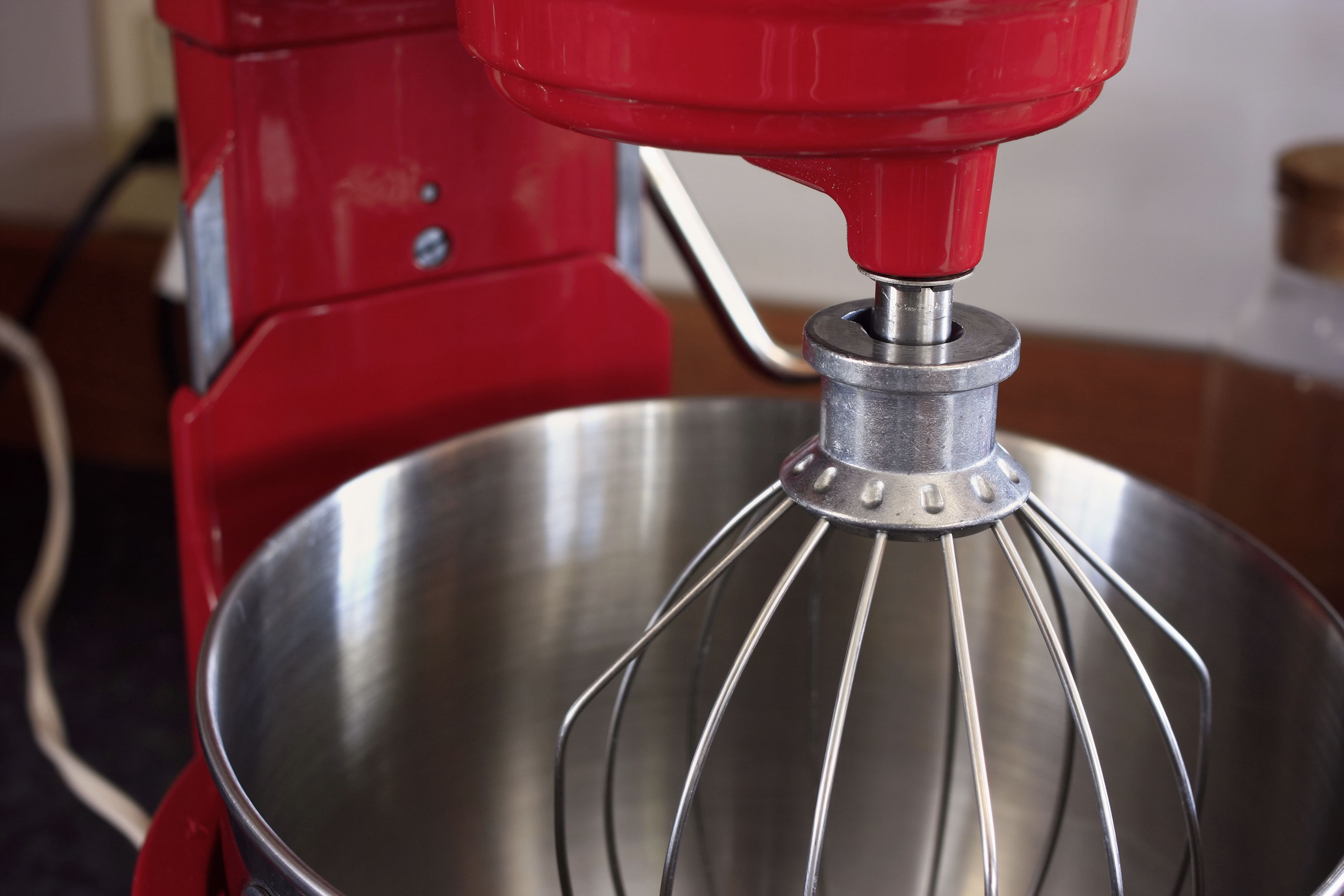
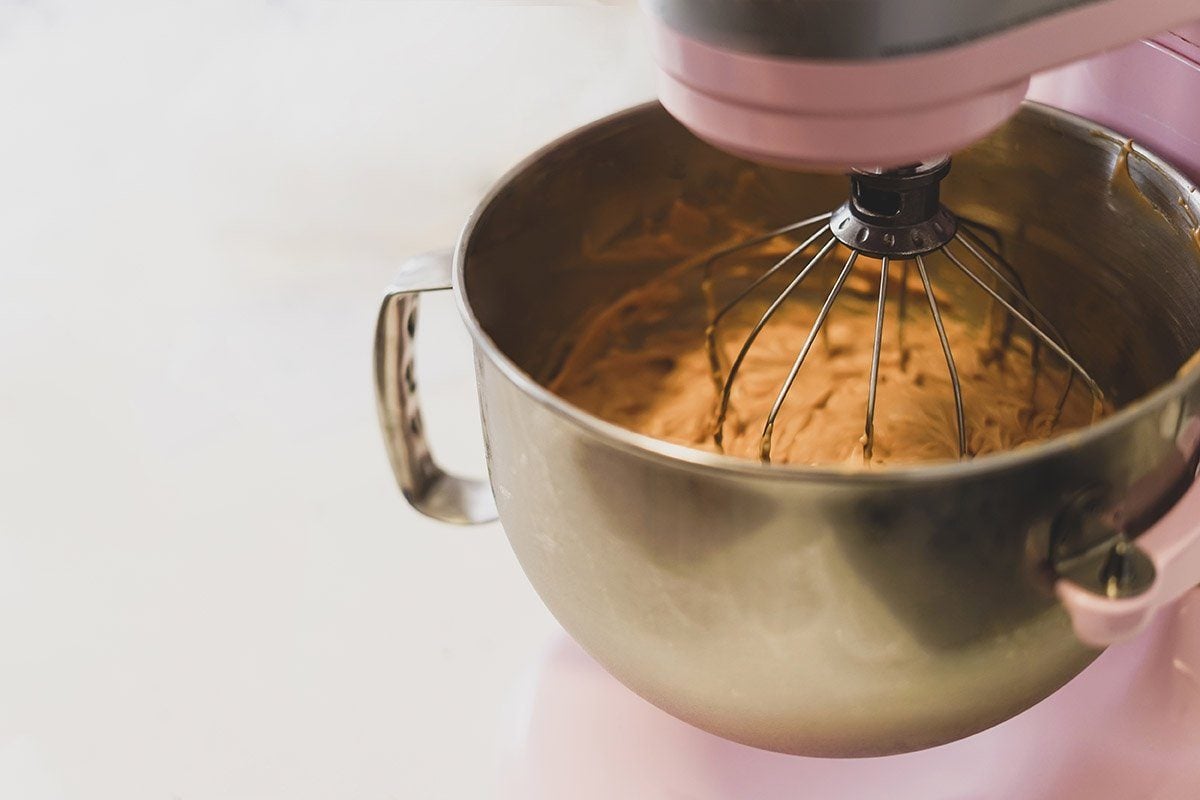
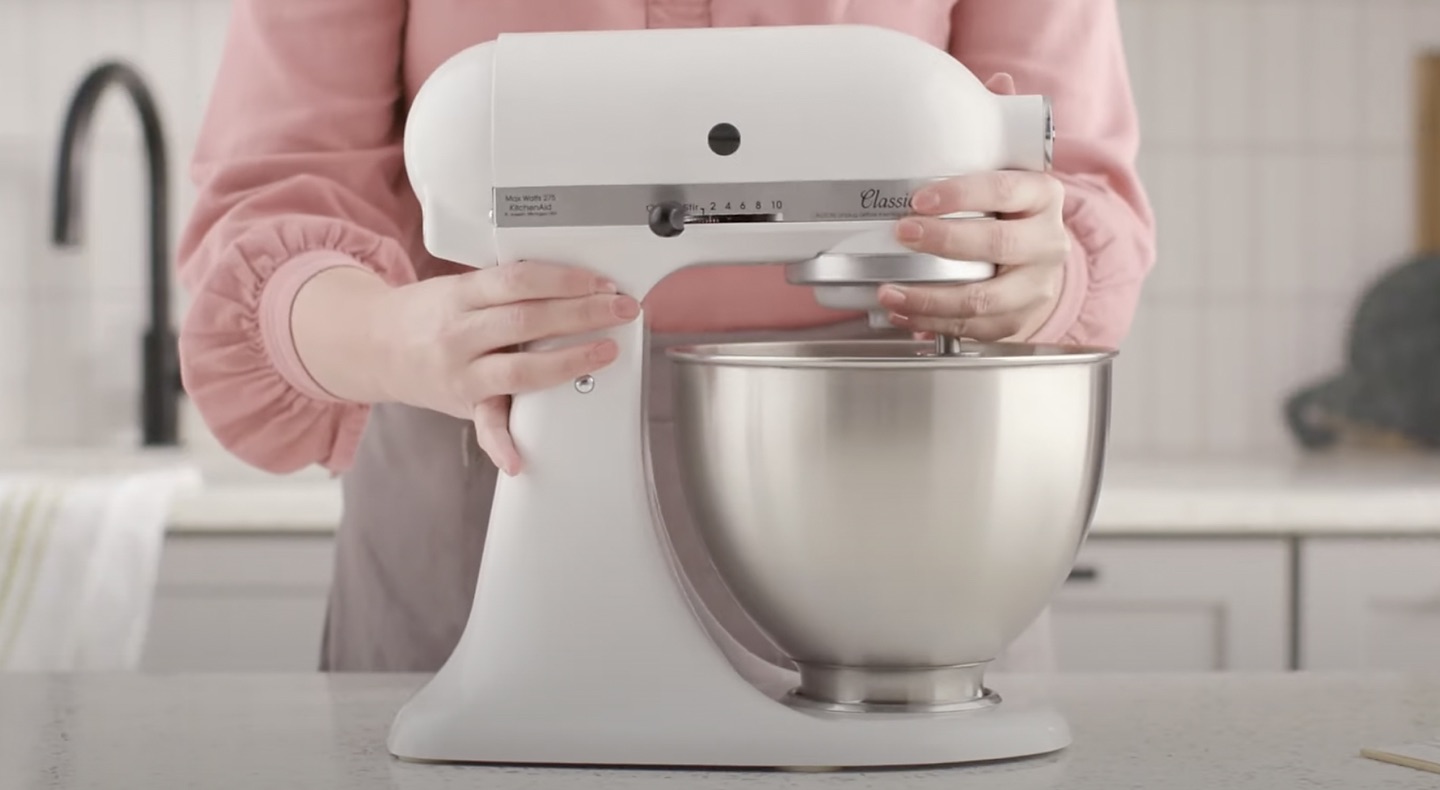
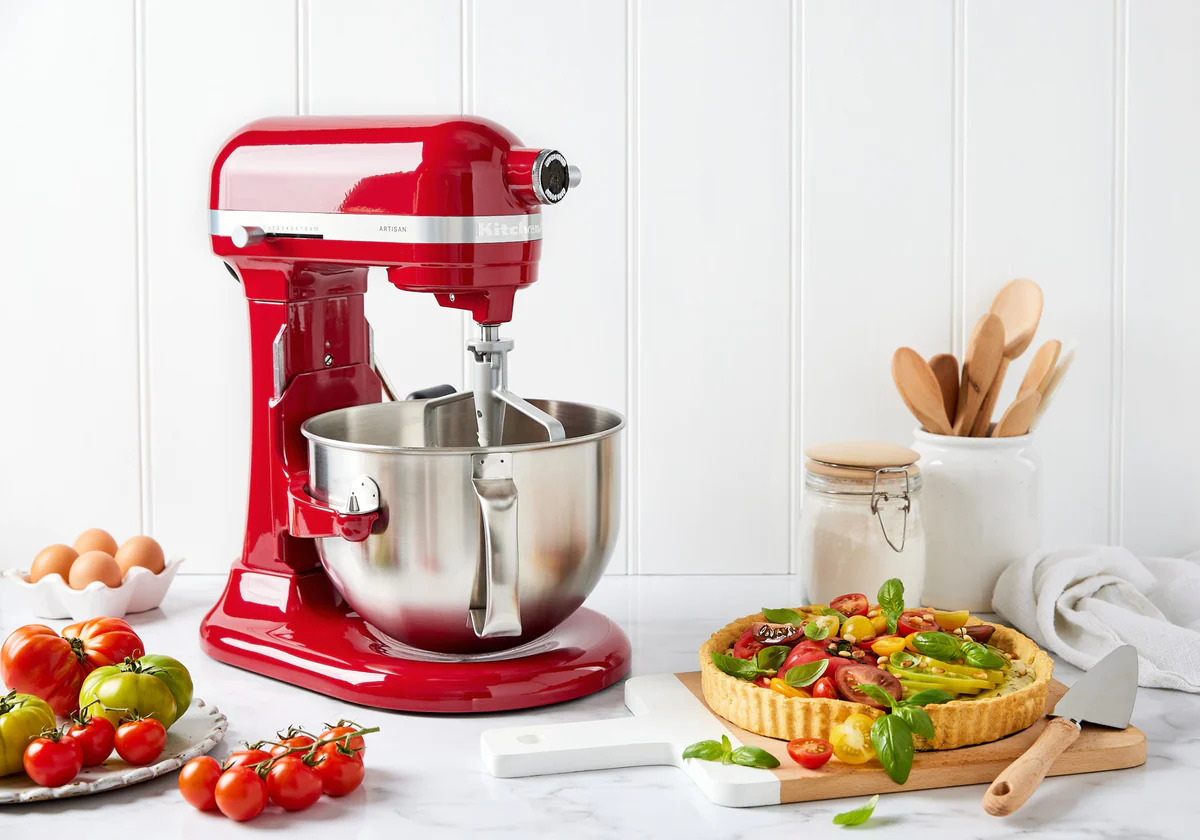
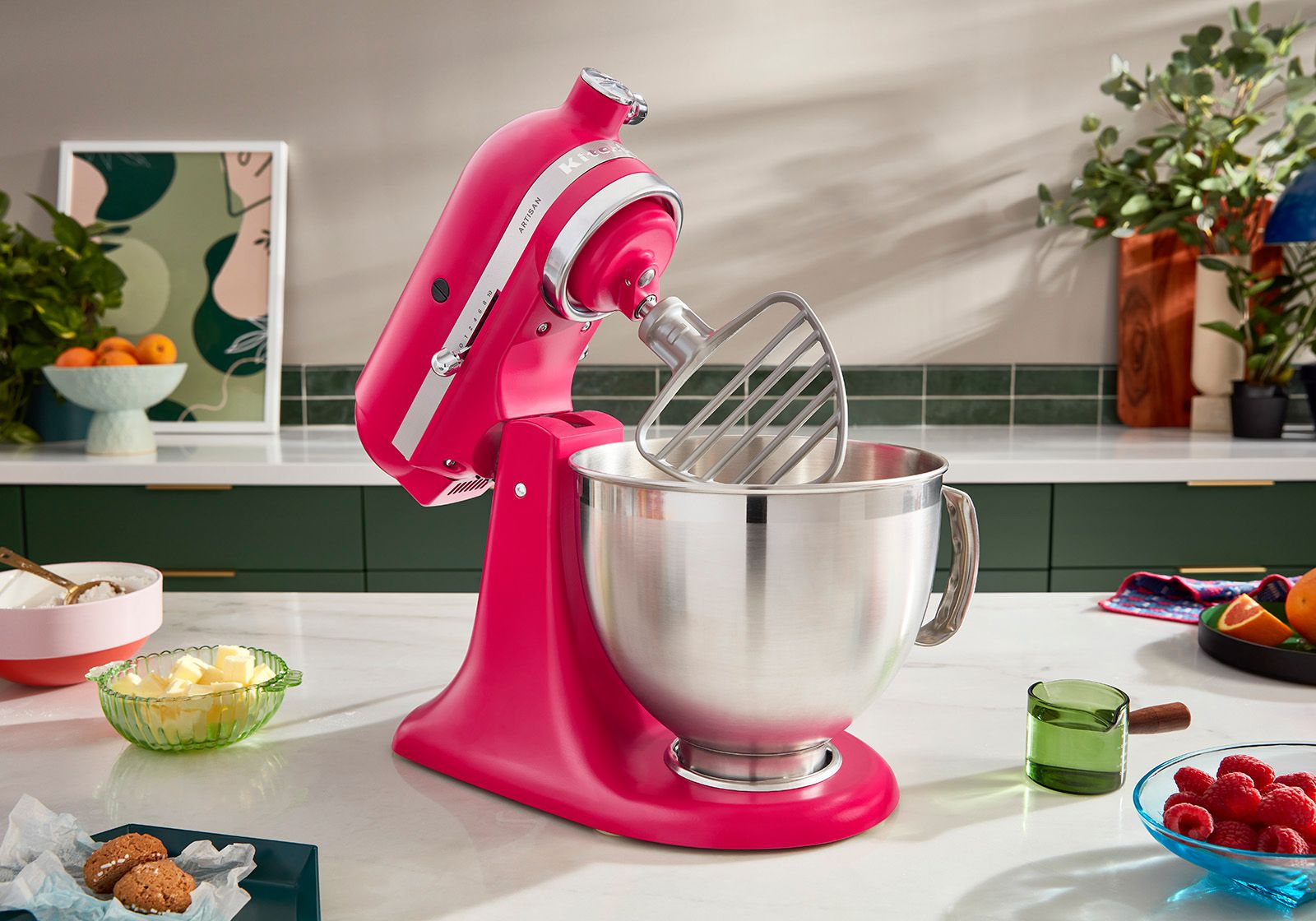
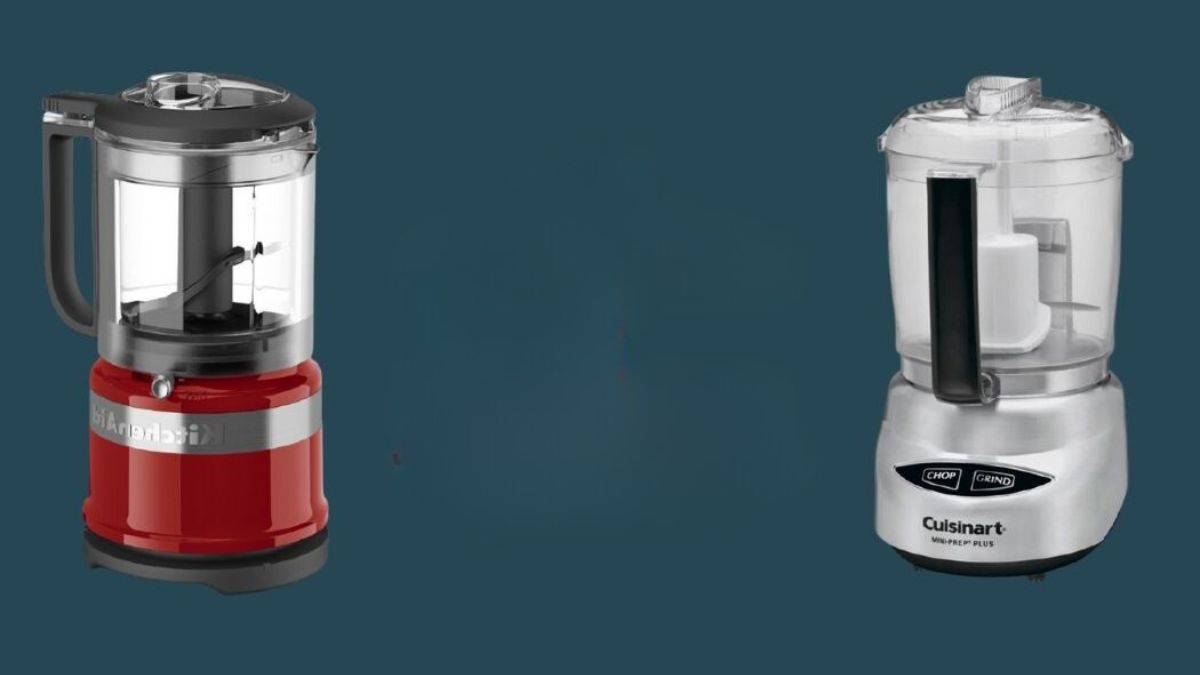
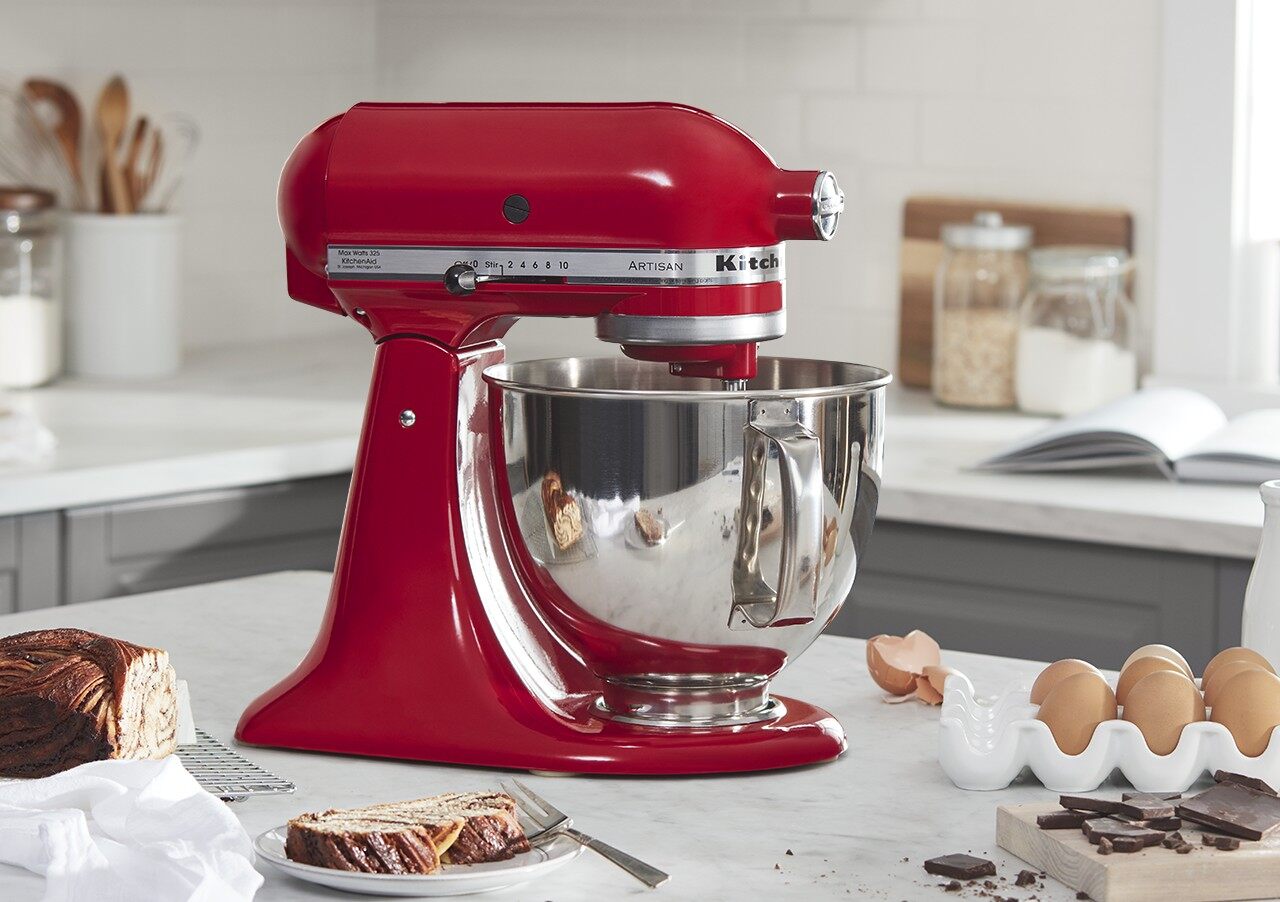
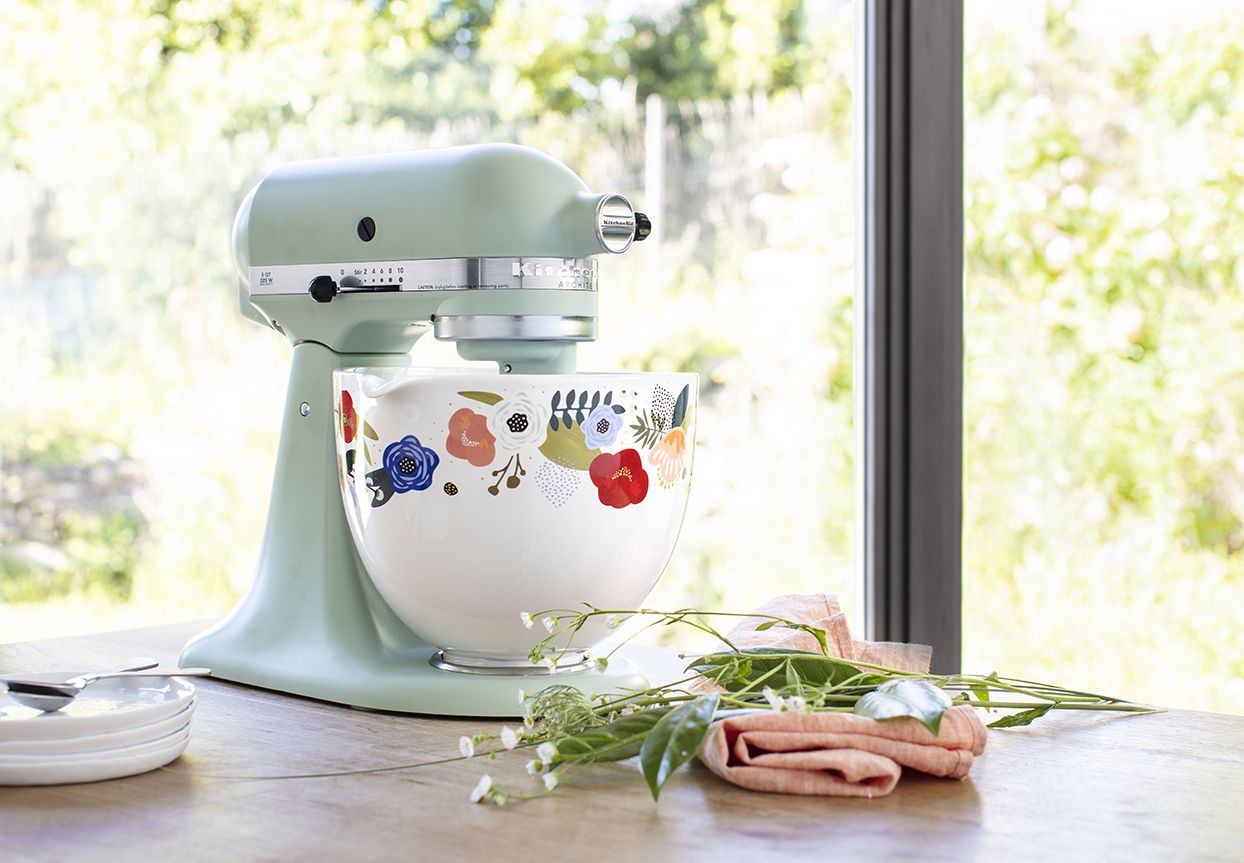

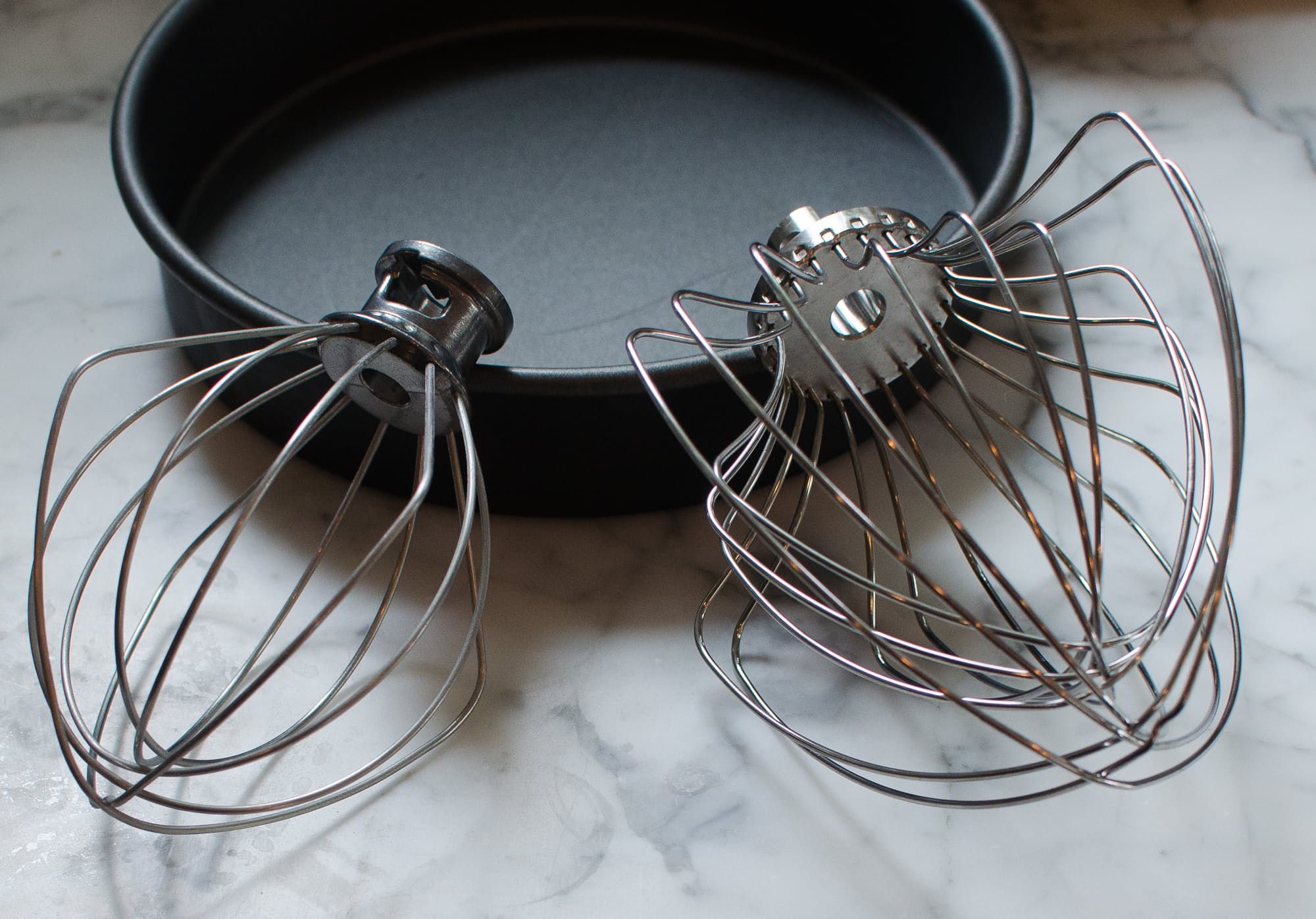
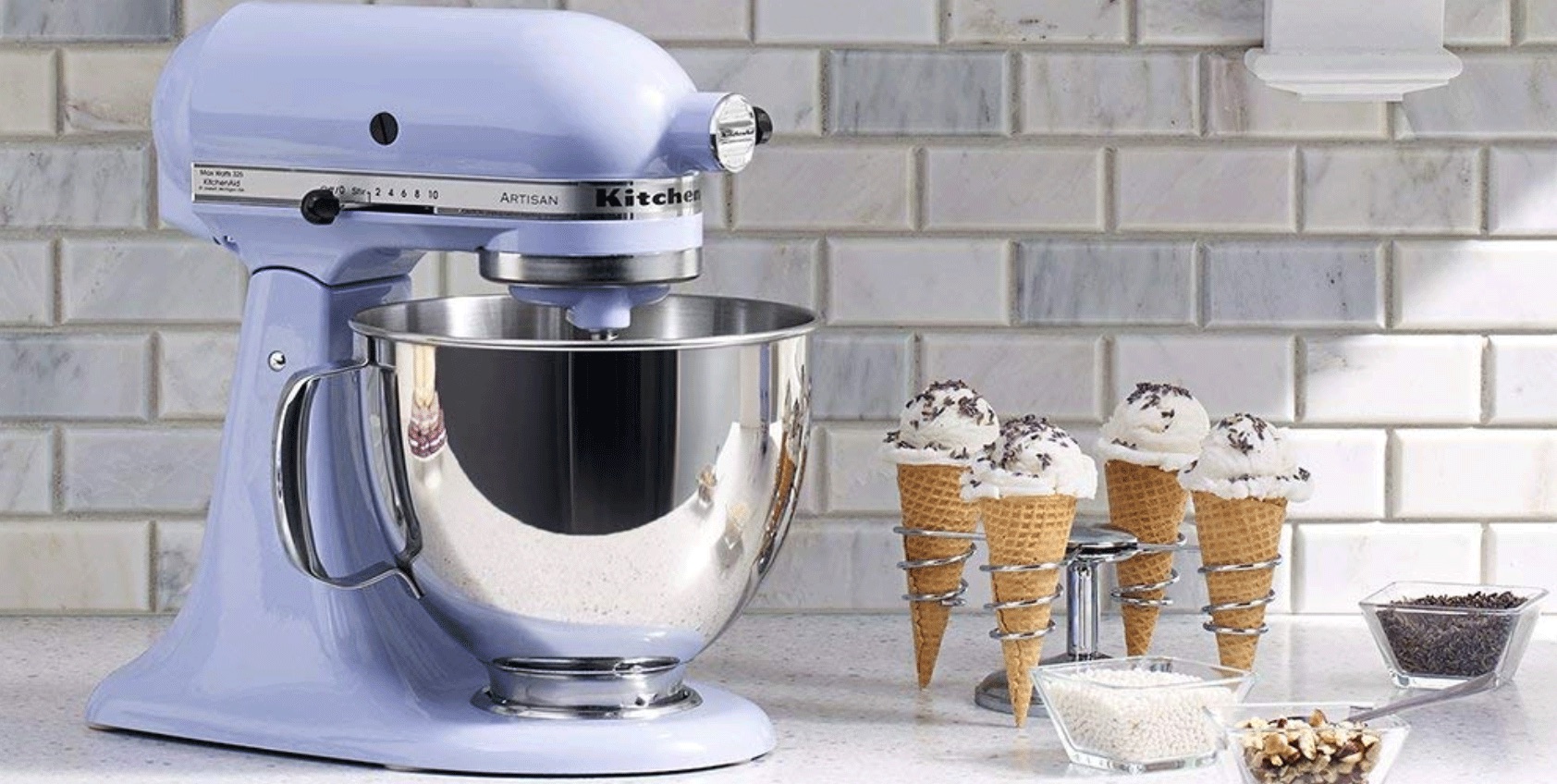
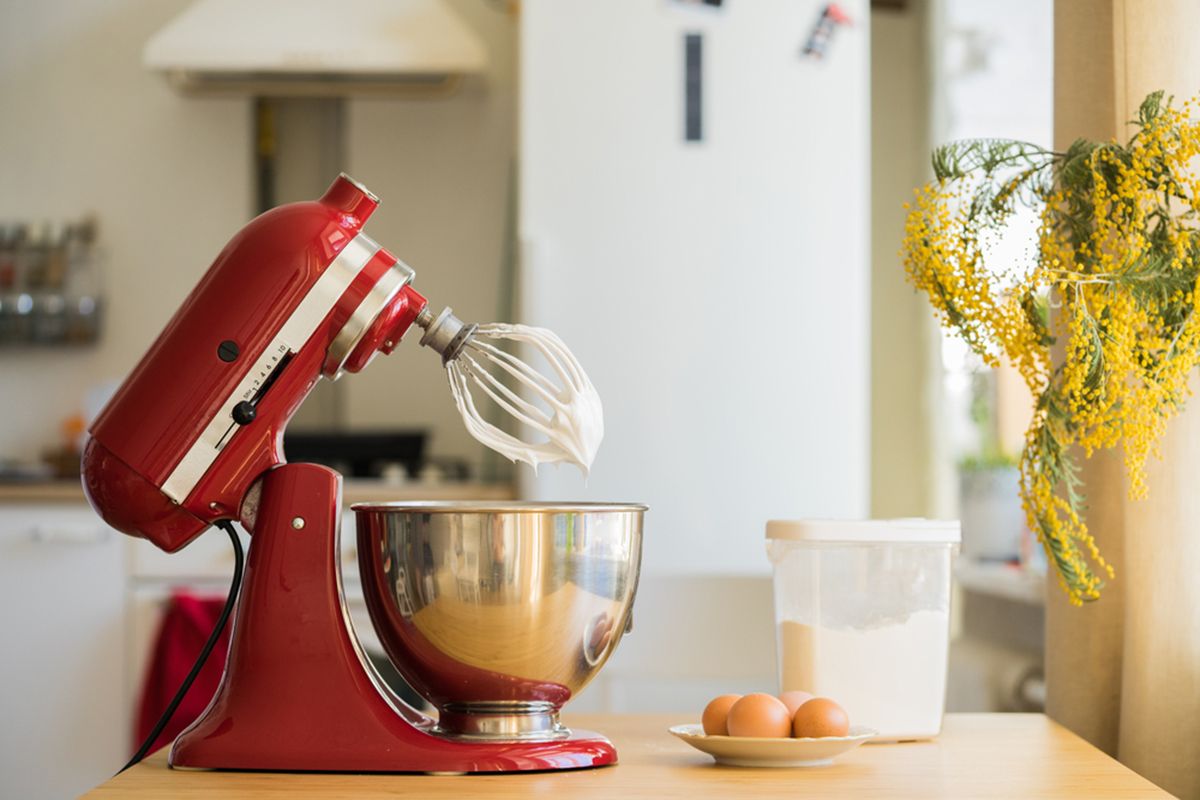
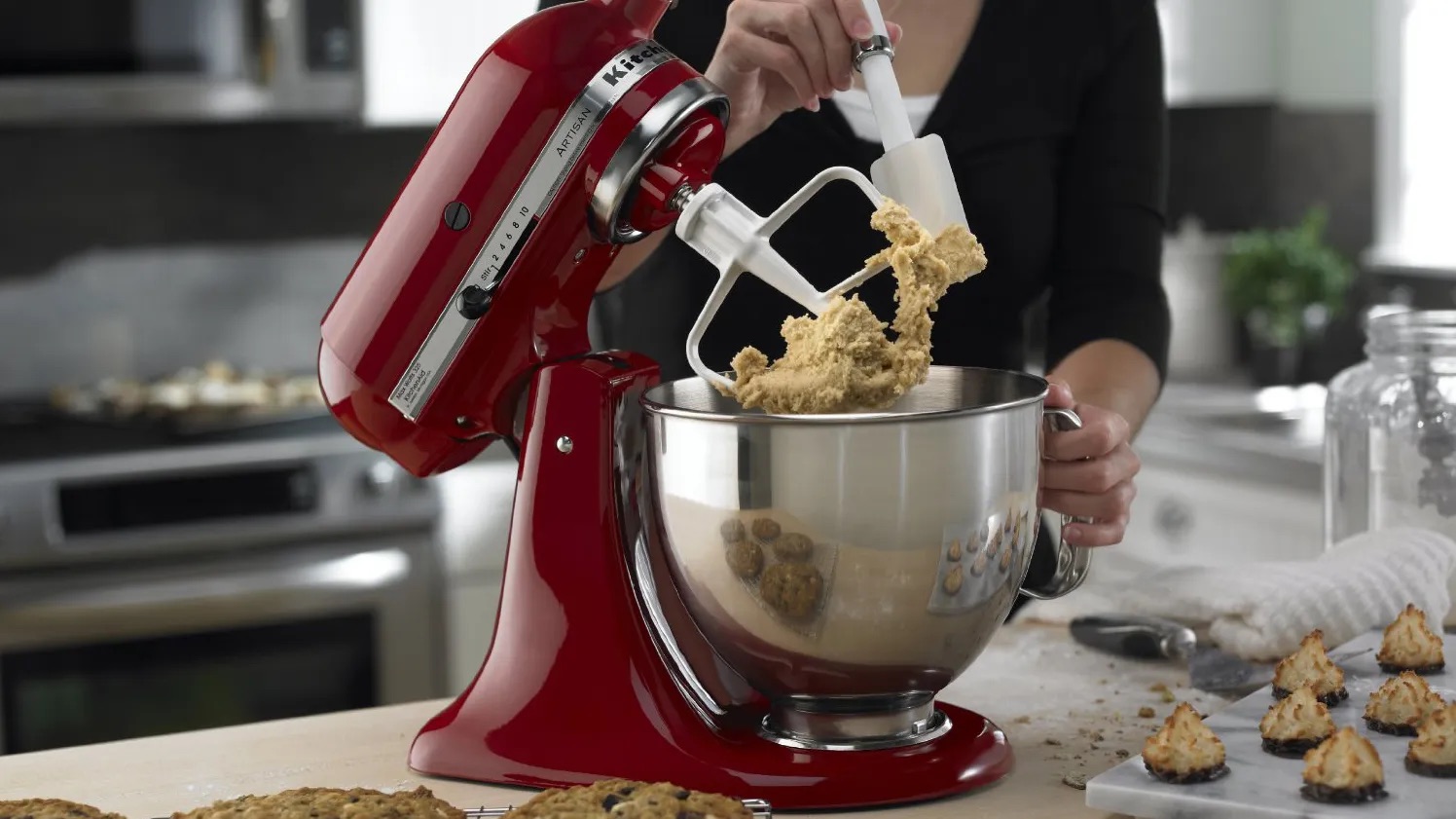
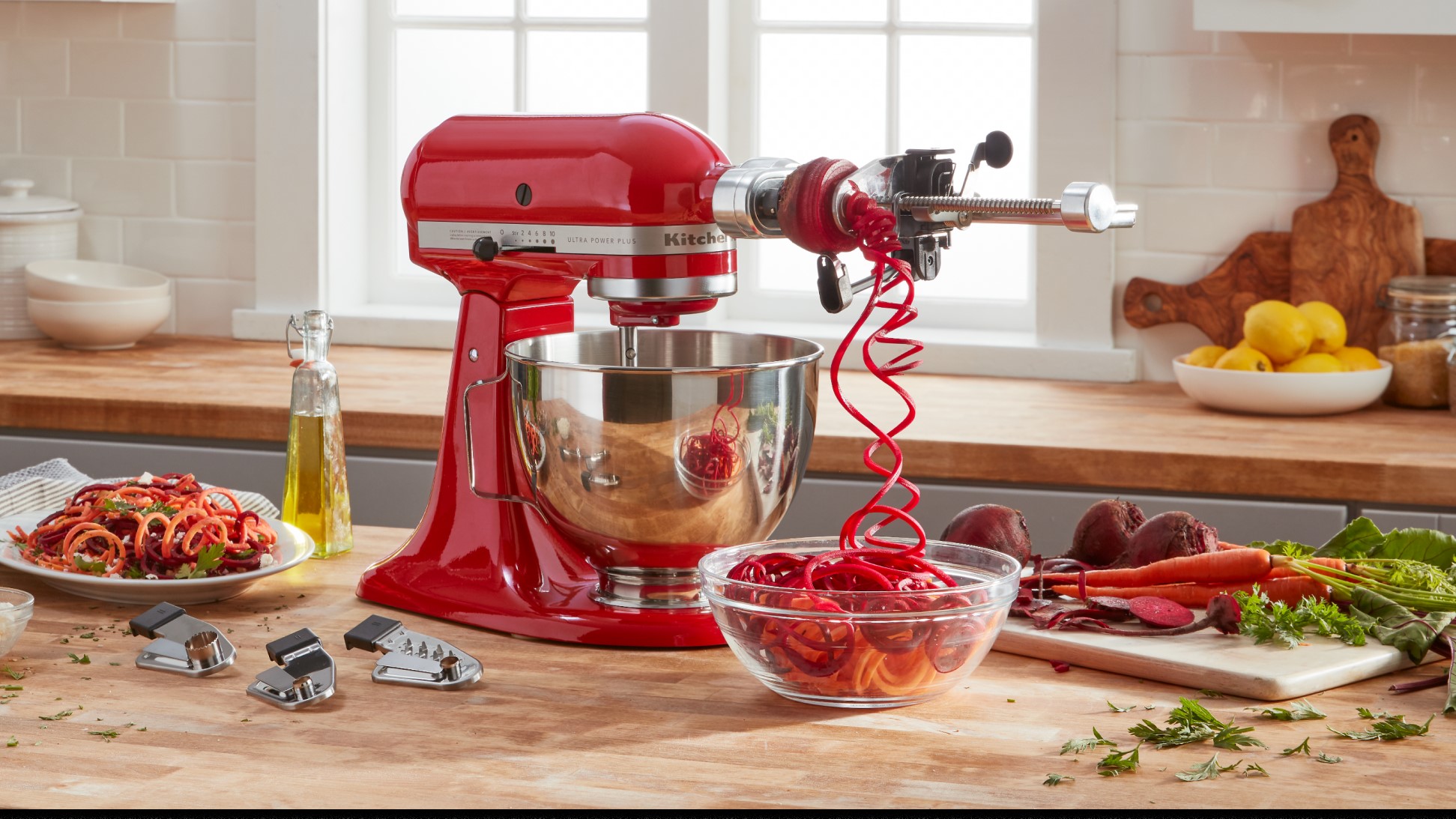

0 thoughts on “Which Kitchenaid Mixer Is Better Tilt Head Or Bowl Lift”